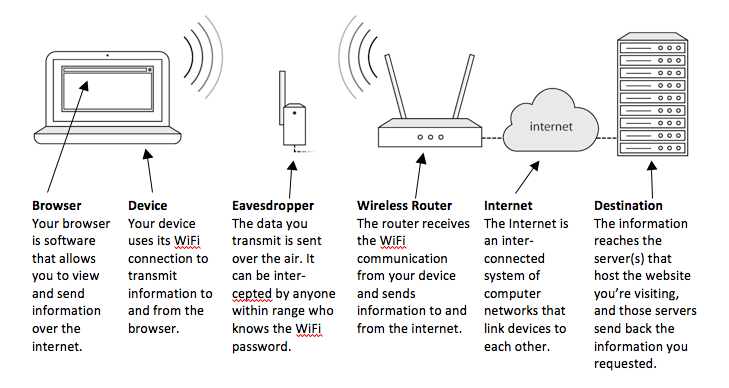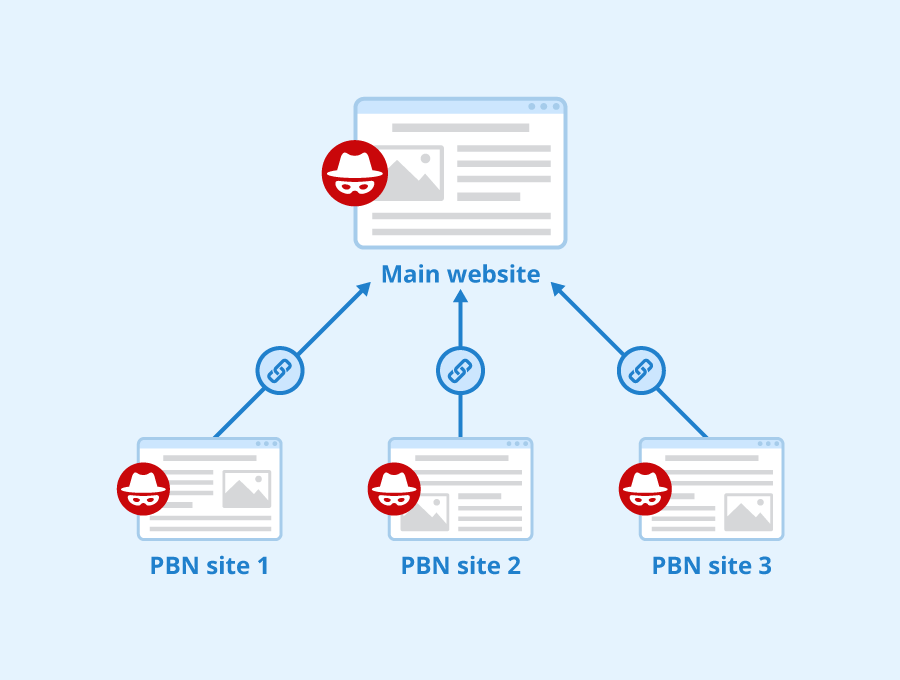All Categories
Featured
Table of Contents
- – What Are The Leading Optimizing For Search Int...
- – How Much Does It Cost To Have A Seo With Seman...
- – Top Semantic Search Engine Results Pages (Ser...
- – Top Semantic Tagging For Seo Prices Near Me
- – What Is The Leading Semantic Seo Service
- – How To Buy The Top Semantic Seo Ranking Fact...
- – What's The Top Optimizing For Search Intent
The web is altering, becoming a growing number of semantic. Search engine optimization is likewise changing and coming to be a lot more semantic. This is because internet search engine have developed and are moving extra and extra towards checking out web content on the web. Naturally, that has likewise changed the way we develop web content, particularly if we intend to place much better in the search engines.
Intertwingularity is not normally recognized, individuals keep acting they can make points deeply ordered, categorizable and sequential when they can't. Based on the partnerships in between search purposes, the search engine favors a material in positioning by computing the range in between the vectors of significance.
It enables you to see, beginning with a subject, all the entities that relate to that topic. This means you can plainly see which entities/concepts/ideas have actually currently been covered on your website, and you can discover new chances by recognizing what content you can include and how to create it.
What Are The Leading Optimizing For Search Intent Brands To Buy
It has the ability to make your content understandable for online search engine on the one hand and for your audience on the various other. Structuring your content design highlights your web content and its underlying relationships to make sure that online search engine can identify you among thousands of items of details, making you much more noticeable to users that meet the search intent associated to your company.
In semantic search engine optimization copywriting, an editor starts from a broader variety of subjects and tailors the material to consist of semantically relevant terms and expressions that help readers recognize a subject, comparable to reading web content in a wiki. From a web content composing point of view, one useful way to do this is to create a vocabulary of terms and concerns surrounding your target subject.
How Much Does It Cost To Have A Seo With Semantic Search?
Find out more regarding by seeing the by!.

Semantic search describes the process of exactly how internet search engine recognize and match key phrases to a searcher's intent in organic search results. Before semantic search, online search engine like Google ran like matchmakersaligning certain words in your inquiry with those precise words on websites. The outcomes were simple however commonly lacked deepness.
Top Semantic Search Engine Results Pages (Serps) Shop Near Me
It allows Google to use quick, accurate solutions to browse questions about real-world topics. When you kind a question word right into Google, you're not simply entering a sequence of words.
When you look for "Apple," Google does not just see a word that describes a fruit. It recognizes Apple as a business and can provide relevant details. It was Google's response to the increase of voice searches, where inquiries ended up being much more conversational and nuanced.
Top Semantic Tagging For Seo Prices Near Me
By integrating NLP, Hummingbird enabled Google to relocate past simple keyword matching. It helped the search engine comprehend search intent, increasing the chances that results would accurately match the reason behind a customer's search.
Making it extra efficient at handling never-before-seen search questions. RankBrain thinks about more than just key words when examining a search question.
So it brings results that match the key phrases and straighten with the total intent of offering young puppy training suggestions. And if the customer often searches for dog-related material, Google might focus on extra detailed training guidesrecognizing the individual's continuous passion in the topic. Combining modern technologies like the Expertise Graph, Hummingbird, and RankBrain, semantic search helps the Google algorithm translate and connect information across a vast web of information.
What Is The Leading Semantic Seo Service
The emphasis changes from keyword option to an alternative method including user intent, topical relevance, and total customer experience. Creating web content that deals with the searcher's needs with thorough details can boost your SERP rankings.
And type of web content can best satisfy their demands. A more comprehensive strategy to material aligns better with semantic search's shift far from exact key phrase matching and toward individual intent. Which clarifies the enhanced emphasis on subject collections, instead than private key phrases. Content that covers search questions better not just satisfies users.
UX intends to create an aesthetically appealing, user-friendly interface with engaging, quality content that encourages visitors to remain. Semantic search modern technology enables search engines to intend for results that offer the finest feasible UX.
How To Buy The Top Semantic Seo Ranking Factors

All display Google's capability to deal with a subject inquiry thoroughly. By recognizing the context and intent behind customer inquiries, online search engine can supply a lot more relevant information and possibly increase individual engagement. Personalization in search results page makes for better UX.Based on your past search background and preferences as an individual, semantic search assists search engines customize the outcomes to fit your distinct demands and interests.
So it fetches results that match the keyword phrases and straighten with the general intent of giving young puppy training guidance. And if the user frequently looks for dog-related content, Google could prioritize extra thorough training guidesrecognizing the user's continuous rate of interest in the topic. Integrating innovations like the Expertise Chart, Hummingbird, and RankBrain, semantic search helps the Google formula translate and connect information across a vast internet of details.
What's The Top Optimizing For Search Intent
The emphasis changes from keyword option to an all natural approach including individual intent, topical importance, and total user experience. Creating content that resolves the searcher's demands with thorough info can enhance your SERP positions.

And type of web content can best please their requirements. A broader method to content aligns better with semantic search's shift far from exact search phrase matching and toward customer intent. Which describes the raised concentrate on topic collections, instead than specific keyword phrases. Web content that covers search questions better not just satisfies users.
And 5 times greater than sites that take 10 seconds to load. While technical search engine optimization makes certain ideal web site performance and availability, concentrating on individual experience (UX) takes it an action better. UX aims to create a visually attractive, easy to use interface with interesting, quality web content that urges visitors to remain. Semantic search innovation enables search engines to intend for results that offer the most effective feasible UX.
All showcase Google's ability to address a topic query thoroughly. By recognizing the context and intent behind user queries, internet search engine can supply much more pertinent details and possibly increase individual engagement. Customization in search results produces better UX.Based on your previous search background and choices as an individual, semantic search helps online search engine tailor the outcomes to match your distinct requirements and passions.
Table of Contents
- – What Are The Leading Optimizing For Search Int...
- – How Much Does It Cost To Have A Seo With Seman...
- – Top Semantic Search Engine Results Pages (Ser...
- – Top Semantic Tagging For Seo Prices Near Me
- – What Is The Leading Semantic Seo Service
- – How To Buy The Top Semantic Seo Ranking Fact...
- – What's The Top Optimizing For Search Intent
Latest Posts
Is It Worth Paying For Semantic Seo?
How Much Does Semantic Seo Ranking Factors Service Cost?
Who Has The Most Reliable Semantic Keyword Research?
More
Latest Posts
Is It Worth Paying For Semantic Seo?
How Much Does Semantic Seo Ranking Factors Service Cost?
Who Has The Most Reliable Semantic Keyword Research?